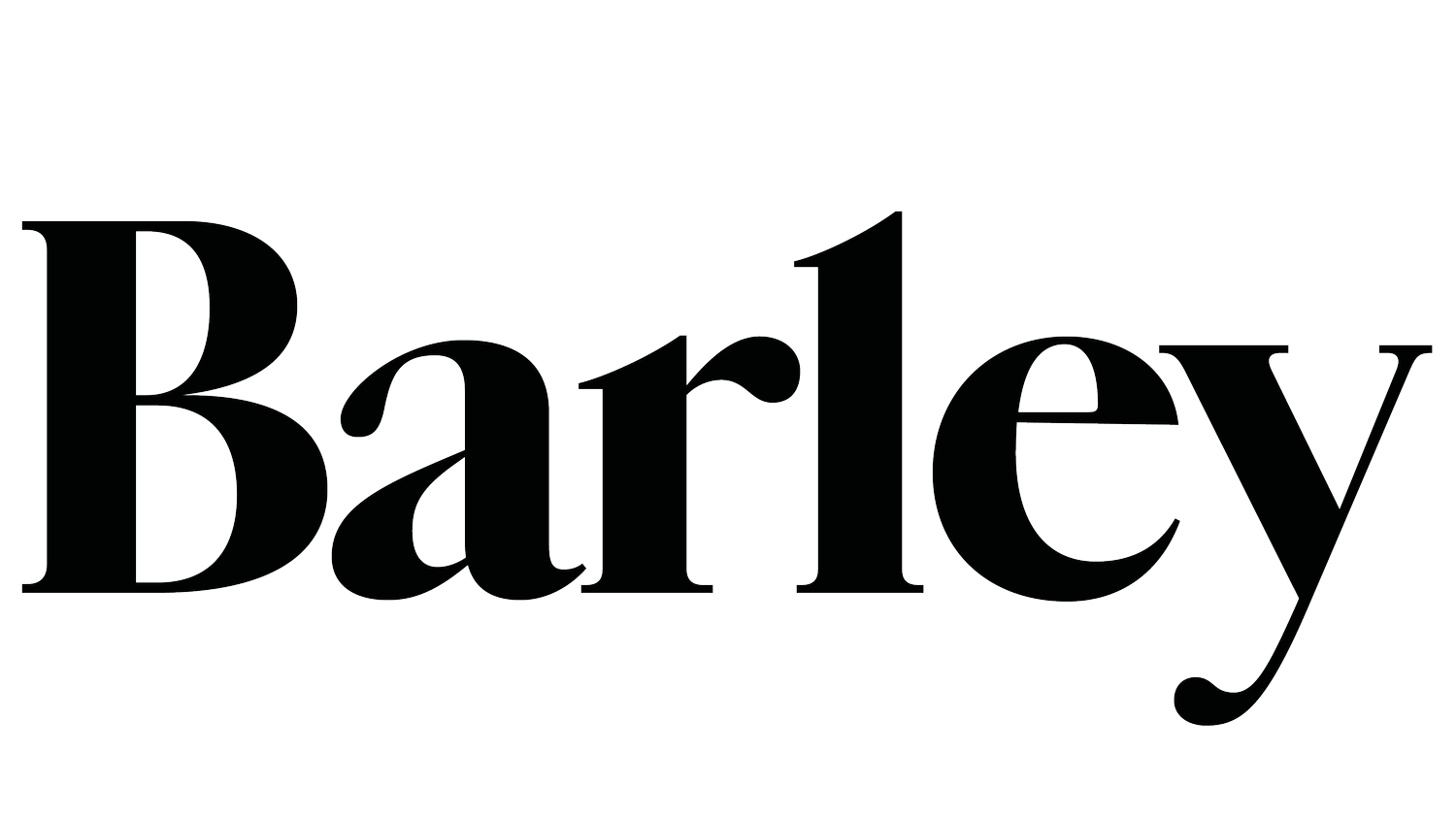The Last Sipper with Kiefer Sutherland
The Canadian actor and guitar-mad musician tells Barley about his new whisky — and reveals what Picasso taught him about tasting notes and why he loves nothing more than drinking ‘Cutty Sark in dive bars’
Sign up to read this post
Join Now
